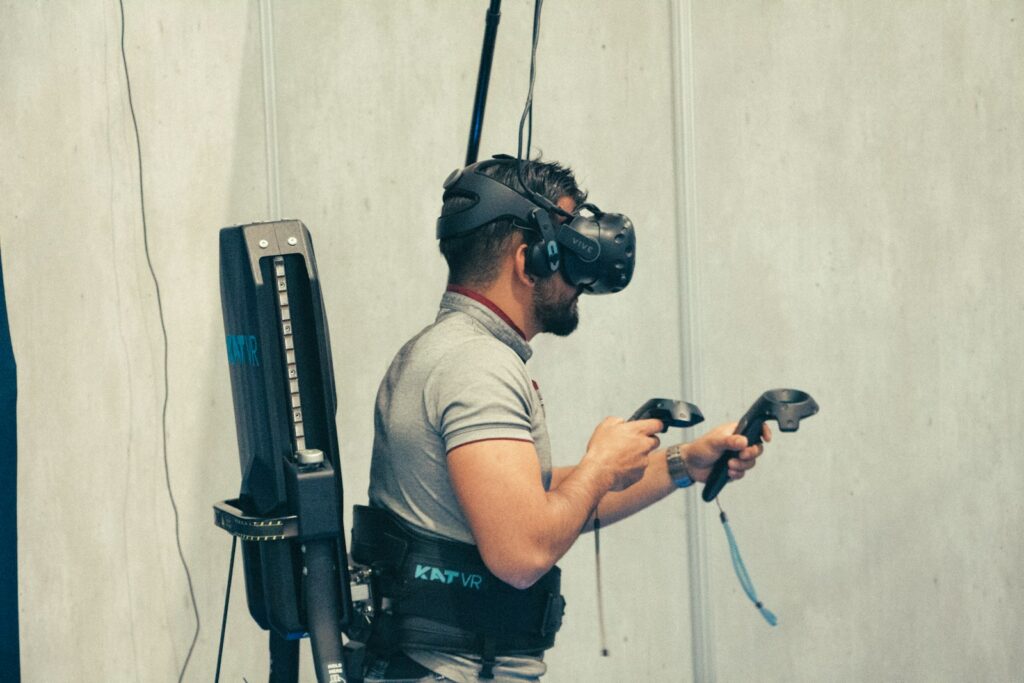Digital advertising and investing are shifting with the rising metaverse. As the metaverse will bring an expanded internet with virtual environments, advertising strategies will drastically change. Many companies are already investing heavily in virtual advertising, preparing for the future. For those companies developing metaverse technology, the advertising won’t be difficult. “Since Warpin is a company directly linked to the existence of the Metaverse, its recent surge is helping us hugely, in both brand building and business opportunities,” explained Katarina von Horn, Partner and Client Director at Warpin Media. A Swedish start-up, Warpin Media develops software for Augmented Reality (AR) and Virtual Reality (VR) platforms to allow customers to create their own virtual tools. Warpin Media is just one of the many companies that have found marketing success with the rise of the metaverse. According to von Horn: “The Metaverse trend is also effectively driving the industry, putting VR, AR, and AI into the spotlight and general public domain.”
For companies not tied so closely to metaverse technology, it’s important to understand the best advertisements for the metaverse audience. As this target audience tends to be a male majority and is mostly comprised of Millenials and Gen Zers, knowing what they’re familiar with can help. Some companies have already started creating virtual advertisements with successful results, For example, the beer brand Stella Artois worked with a metaverse company to create an interactive ad that occurred in tandem with the Kentucky Derby. This interactive virtual ad was coded to act like a Tamagotchi pet, which most of the target audience would have been exposed to as children. For those not familiar, Tamagotchi pets are virtual pets a user can care for. This advertisement led to a successful result for Stella Artois as they saw a bigger interest in their brand.
Other companies have moved billboard advertising to a virtual level, with interactive parts that a user can click on. These billboards can then be added to virtual games, like the online game Fortnite, to increase their number of viewers. Interactive ads have already been normalized for most tech-savvy users, as they pop up in phone apps and virtual games. Taking these advertisements to the next level by integrating them into a metaverse landscape wouldn’t be difficult, and would be better accepted as the audience is already primed.
Because the metaverse industry is already accruing millions in revenue and capital, it’s no surprise that advertising within this industry is helping to drive this wealth. This year, Dimension Studio made $6.5 million in revenue from making metaverse technology for fashion brands. This technology included tools to create virtual advertisements. This company is not the only one to see a boost in the capital. “Thanks to the big organizations that are investing heavily in the creation and development of the metaverse-as well as the subsequent media attention-the general interest in the technology space has greatly increased, which has a direct impact on sector funding and investment,” explained von Horn. Many of the big companies, including Google, Disney, Microsoft, and Meta are all adding virtual ads to their marketing campaigns. Like social media, the metaverse will expand the channels where advertisements can be seen. This can in turn lead to start-ups being developed that target specifically metaverse digital advertising. These new channels can lead to some major increases in revenue for certain virtual companies and their products.
The vastness of the metaverse allows companies to have a complete creative license for advertising. From bold colors to interactive games, there is no shortage of ideas. With a new virtual landscape, questions arise such as: what interactive elements are needed, or where should this advertisement go? As this industry rises, one thing is clear, this is only the beginning of metaverse advertising.
Photo Courtesy of Freepik.com



















